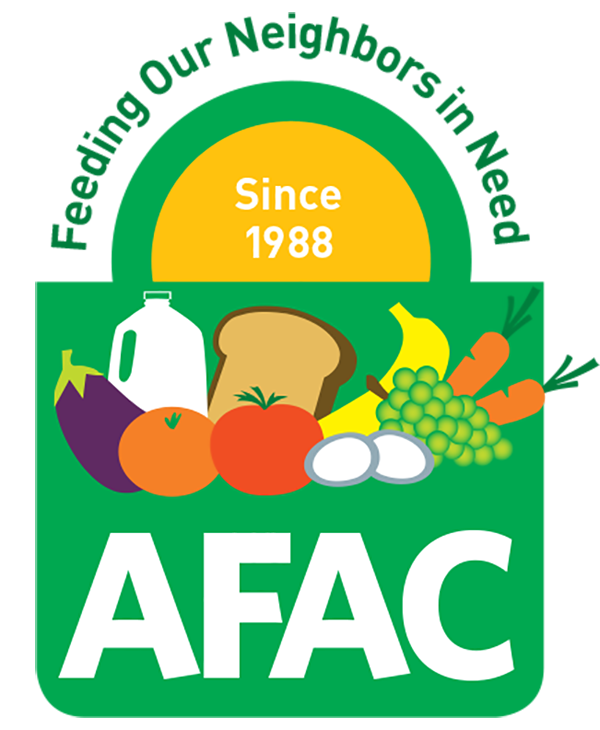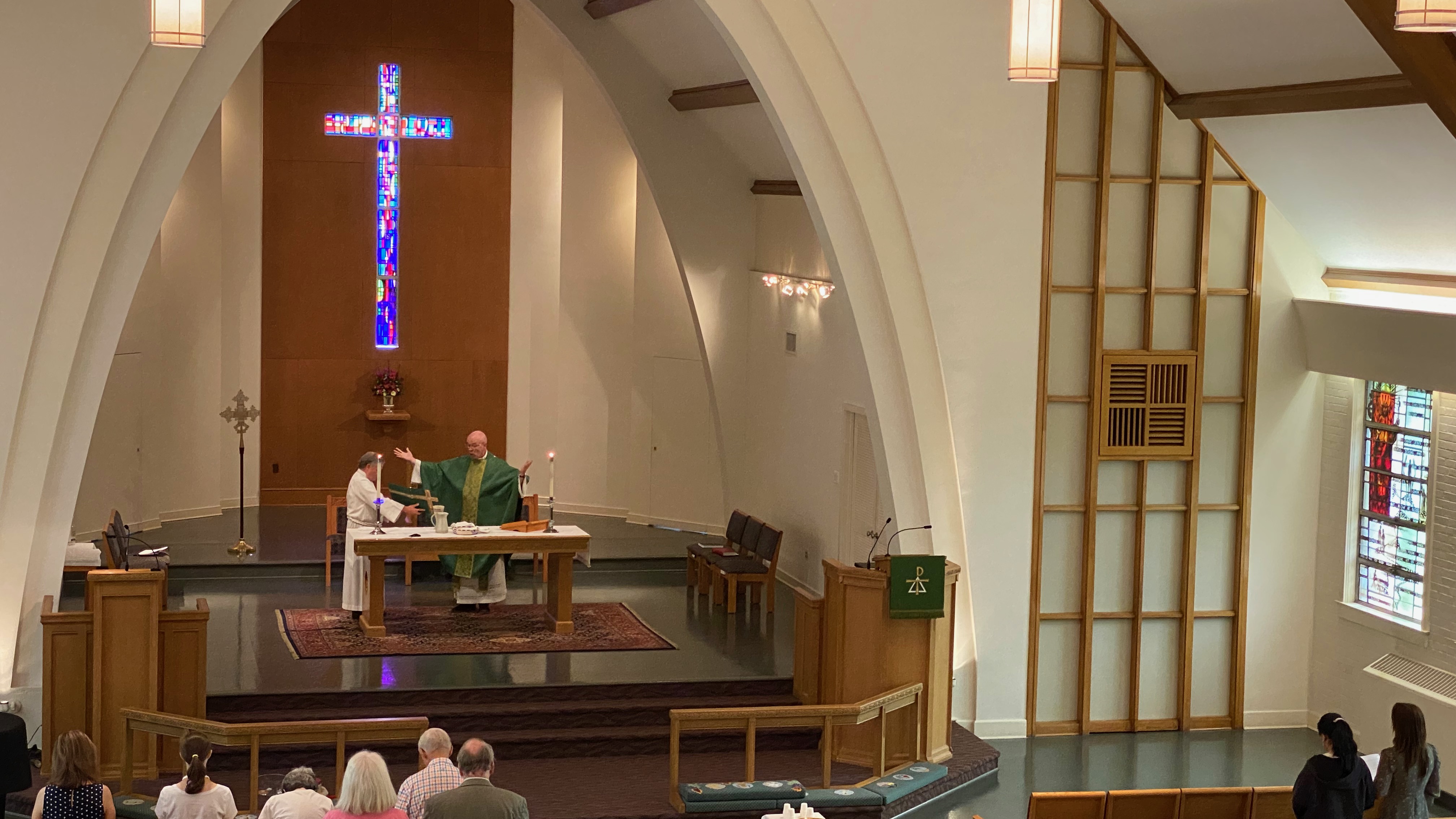Hymn of the Day: “Comfort, Comfort Now My People” ELW 256
Text: John Olearius (1611-1684), tr. Catherine Winkworth (1827-1878)
Tune: FREU DICH SEHR or GENEVAN 42, Claude Goudimel (1505-1572), Louis Bourgeois (1510-1561)
Born into a family of Lutheran theologians, Olearius received his education at the University of Wittenberg and later taught theology there. He was ordained a Lutheran pastor and appointed court preacher to Duke August of Sachsen-Weissenfels in Halle and later to Duke Johann Adolph in Weissenfels. Olearius wrote a commentary on the entire Bible, published various devotional books, and produced a translation of the Imitatio Christi by Thomas a Kempis. In the history of church music Olearius is mainly remembered for his hymn collection, the Geistliche Singe-Kunst, which was widely used in Lutheran churches.
It was one of the largest and most important German hymn-books of the 17th century. The first edition contained 302 hymns by Olearius himself, and marked "D. J. O." They may best be described as useful, being for times and seasons previously unprovided for, and filling up many gaps in the various sections of the German hymn-books. They are mostly short, many of only two verses, simple and easy of comprehension, often happy in expression and engaging, as is today’s Hymn of the Day, and embodying in a concise form the leading ideas of the season or subject. Many were speedily adopted into German hymn-books, and a considerable number are still in use.
The music of Claude Goudimel was first published in Paris, and by 1551 he was composing harmonizations for some Genevan psalm tunes, initially for use by both Roman Catholics and Protestants.
In both his early and later years Louis Bourgeois wrote French songs to entertain the rich, but in the history of church music he is known especially for his contribution to the Genevan Psalter.
Louis Bourgeois composed or adapted this tune for Psalm 42 for the Genevan psalter. The 1564 harmonization by Claude Goudimel originally placed the melody in the tenor. An alternate harmonization with descants by Johann Crüger can be found in the Psalter Hymnal.
Organists will find preludes to this tune under GENEVAN 42 in Dutch works or under FREU DICH SEHR in German works.
Offertory Anthem: “In Night’s Dim Shadows” Robert Lehman (1960)
This is a beautiful strophic setting of the Advent text by Charles Coffin (1676-1749). Robert Lehman is an American conductor, organist, harpsichordist and composer. He has served on the staff of several distinguished churches, including the Washington National Cathedral (of which he is a Fellow), the Princeton University Chapel, and Saint Bartholomew’s Episcopal Church, New York City.
In night’s dim shadows lying,
Our limbs fast lock’d in sleep,
to thee, with faithful sighing,
Our souls their vigil keep.
Desire of every nation,
Hear, Lord, our piteous cry;
Thou Word, the world’s salvation,
Uplift us where we lie.
Lord, be thine Advent hasten’d,
Lest sin thy people mar;
The gates which Adam fasten’d —
The gates of heav’n, unbar.
Son, to thine endless merit,
Redeemer, Saviour, Friend,
With Sire and Holy Spirit
Be praises without end. Amen.
Opening Voluntary: “Freu dich sehr, O miene Seele” Sigfrid Karg-Elert (1877-1933)
Sigfrid Karg-Elert was a German composer in the early twentieth century, best known for his compositions for pipe organ and reed organ. His 66 Chorale Improvisations for organ, Op. 65, were composed between 1906 and 1908, and first published in six volumes in 1909. The composition was dedicated to "the great organist Alexandre Guilmant". Today’s Opening Voluntary,“Freu dich sehr, o meine Seele,” ("Comfort, Comfort Ye”) Opus 65, No. 5, is from the series. It is a succinct piece in a lilting 3/4 meter marked “Alla Sarabanda” and a good example of Karg-Elert’s text-painting abilities, which are extensive and never timid. In this piece, he is rather quiet and reflective. Notable composers who influenced his work include Johann Sebastian Bach, Edvard Grieg (a personal friend and mentor), Claude Debussy, Alexander Scriabin and Arnold Schoenberg.
Closing Voluntary “Besancon” (People Look East), Wayne L. Wold (1954)
This engaging carol, published in 52 hymnals with various texts, is a French traditional tune, harmonized by Martin Shaw (1875-1958).
Wayne Wold is professor and College organist at Hood College. He is an active composer, author, performer, church musician and clinician, and serves as the director of Music Ministry at First Lutheran Church in Ellicott City, Maryland.
He is also editor and frequent author of a monthly column entitled “Musicians on the Side” in the journal The American Organist. He served on the editorial committee for the hymnal Evangelical Lutheran Worship.






